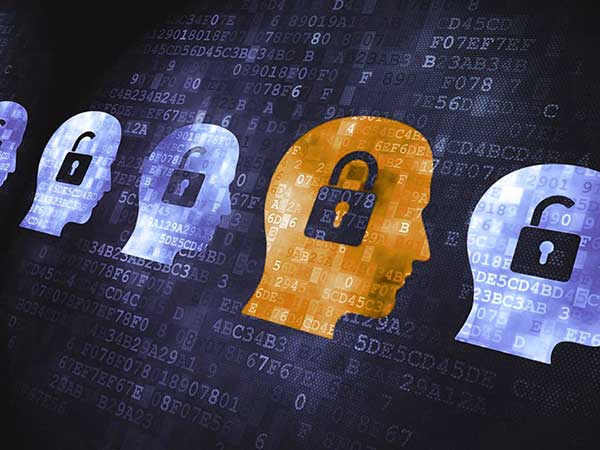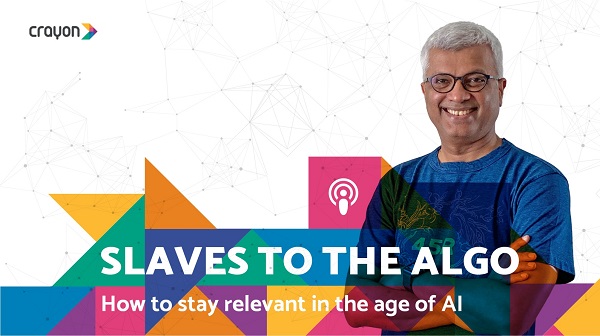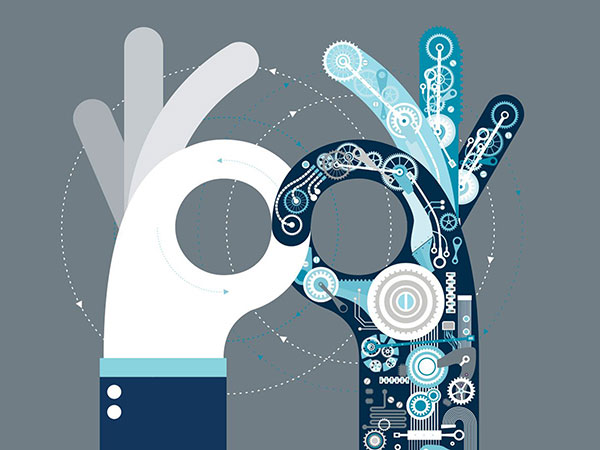Today, few industries are changing faster than funerals and memorial services. Demand and costs for funerals are on the rise as baby boomers age. And burial methods are in flux too. Cremation is now more popular than traditional burial — mostly because it’s cheaper and more eco-friendly. But aside from an aging population and rising costs, technology is one of the biggest disruptors in the dying business.
The internet, social media, and mobile apps are all changing the way we memorialize loved ones and leave our legacies. Because of social media, most of us also live “digital lives.” So, along with executing our wills, our loved ones must cancel/manage our Facebook and Instagram accounts. And while families fulfill our final wishes, they must also protect us against identity theft. In short, technology has complicated our lives and our deaths. This new development in our lives has made planning your funeral even more important.
But technology has also made funeral planning more accessible and more flexible. Here are some ways you can make your end-of-life planning easier and more memorable.
Eco-Friendly Burials
As it turns out, traditional burial rites aren’t so good for the environment. Standard casket burials use millions of tons of concrete and steel every year. Plus, caskets can leach toxic chemicals like formaldehyde into the earth. And cremation isn’t much better. Cremating a single person uses enough gas and electricity to power a 500-mile car trip — releasing 400 kilos of carbon dioxide in the process. But thanks to eco-friendly burial technology, we can leave a smaller carbon footprint when we die.
Entrepreneur Jae Rhim Lee created a full burial suit lined with specially designed mushroom spores that consume deceased bodies. Not only do the mushrooms recycle your remains, but they also absorb and purify the toxins within your body. So, they’re not deposited into the soil. But if you’re not into mushrooms eating you, consider donating your remains to a “body farm.” Forensic anthropologists use donated corpses to study a variety of decomposition scenarios. The studies help criminal scientists and detectives determine timelines for death. So, a body farm donation helps the planet and the criminal justice system.
Funeral Service Webcasting
Many high-profile funerals are webcast to millions of people around the globe. But webcasting isn’t just for celebrities and politicians anymore. Many funeral directors now offer video streaming services for family and friends who can’t attend services. Online services like Tribucast.com or FuneralVue.com offer on-site setup of audio and video equipment. Family and friends log in to these “remote attendance systems” to live stream memorial services on computers and mobile devices. And some webcasting services include private websites where attendees can upload videos, photographs, and even sign a digital guest book.
Online Obituaries
The number of traditional obituary placements has fallen, along with the decline in newspaper circulation. But their demise is good news for consumers who can use online obituaries to announce the death of a loved one. These digital obits have a larger reach and a lower price tag. Newspaper obituary notices charge by the word for text and by the inch for photos. So, costs for a complete obit can climb fast, especially for Sunday editions. Plus, papers have a deadline, which can put stress on your funeral planning. In contrast, online obituaries are much less expensive, last for years, and offer more flexibility.
Headstone Technology
Some funeral homes and memorial services now offer embedded technology for headstones that give cemetery visitors a more interactive experience. There are headstones that come fitted with NFC-enabled microchips or QR codes. These devices communicate with mobile apps on smartphones and tablets. When visitors scan a headstone QR code, they’re sent to an online website filled with videos, images, and information on the deceased. Some headstone makers skip this step completely and embed a video screen right into the headstone. Weather-proof, solar-powered LCD screens deliver personalized videos without the need for mobile devices.
Online Memorials
The number of online memorials is growing as more people extend their online lives into the hereafter. Online memorials are customizable websites for presenting and storing images and videos. Some even let you create a Spotify playlist to serve as the soundtrack to your life. Online memorials work like a digital cemetery, but with more media and interactive elements. They’re helpful to folks who can’t make it to the gravesite or mausoleum because of mobility issues or distance. Services come with different pricing plans that increase with the number of pages, the amount of media, and the length of time you want. And most have a “lifetime” one-time payment option that will ensure your online memorial will last forever — or at least as long as the company exists.
End-of-Life Planning Services
A growing number of online services have cropped up to meet consumer demands for lower costs and simplicity. Some sites, like the UK-based funeralguide.com, function like an Angie’s List for funeral directors. Shoppers can compare costs, user ratings, and the proximity of funeral services for specific cities. And for those who want to prepare and store their final documents in digital form, website apps like Cake or MyWishes are a good place to start.
Storing your wills, funeral insurance policies, and other documents online has several benefits:
- Digital documents serve as backups and guard against fires and floods
- Your docs are accessible anywhere, anytime, provided you have internet access
- Digital copies are easier to update than hardcopies
- You and your executors can access your documents from mobile devices
Online services like these also help you with end-of-life planning by reminding you of common documents you should consider drafting. And they often provide document templates and third-party vendors you can use.
Digital Legacy Messages
One reason people fear death is that they won’t have a chance to make amends or tell their loved ones how they feel. Well, now there’s an app for that. The online service SafeBeyond lets you create, store, and schedule an online cache of video and audio messages. This service then shares those messages with loved ones after you die. But the service goes way beyond simple recordings that you could do with your smartphone. You’ll also have the flexibility to schedule messages years after you’ve passed. Leave a message for your two-year-old grandson that he can watch on his 13th birthday.
With a digital legacy message service like SafeBeyond, you can even schedule messages for specific locations. For example, if your family traveled to a favorite spot to spread your ashes, you could trigger a specific message to play once they arrive. And the service lets you schedule a farewell post on your social media accounts too. You’ll be able to say goodbye to all your followers posthumously.
Death tech devices and services like these are just the starting point for the revolution in funerals and legacy planning. As technology like artificial intelligence (AI) develops, leaving a legacy through videos and audio records will seem like child’s play. Already, scientists and entrepreneurs are working on using AI to create “immortal avatars” of individuals — fully-responsive images that interact with other people. By feeding AI technology a person’s thoughts, stories, and memories, researchers are attempting to build digital replicas of our personalities that will allow future ancestors to access our memories and interact with us.
























